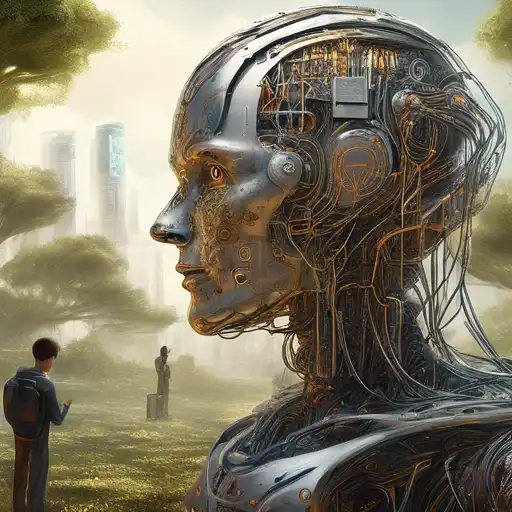Introduction to Natural Language Processing
Natural Language Processing (NLP) stands at the intersection of computer science, artificial intelligence, and linguistics. It enables machines to understand, interpret, and generate human language in a way that is both meaningful and useful. From virtual assistants to translation services, NLP is revolutionizing how we interact with technology.
How Machines Learn to Understand Us
At the core of NLP is the ability of machines to process and analyze large amounts of natural language data. This involves several steps, including tokenization, part-of-speech tagging, and syntactic parsing. Through these processes, machines can grasp the structure and meaning behind human language.
The Role of Machine Learning in NLP
Machine learning algorithms play a pivotal role in enhancing the capabilities of NLP systems. By training on vast datasets, these algorithms can identify patterns, learn from context, and improve over time. This continuous learning process is what allows machines to understand nuances, slang, and even emotions in text.
Applications of Natural Language Processing
NLP has a wide range of applications that impact our daily lives. Here are some of the most notable ones:
- Virtual Assistants: Siri, Alexa, and Google Assistant use NLP to respond to voice commands and queries.
- Translation Services: Tools like Google Translate leverage NLP to break language barriers.
- Content Recommendation: Platforms like Netflix and YouTube use NLP to recommend content based on user preferences.
- Customer Service: Chatbots and automated support systems utilize NLP to provide instant assistance.
Challenges in Natural Language Processing
Despite its advancements, NLP faces several challenges. Ambiguity in language, cultural nuances, and the ever-evolving nature of human speech make it difficult for machines to achieve perfect understanding. However, ongoing research and development are steadily overcoming these hurdles.
The Future of Natural Language Processing
The future of NLP is incredibly promising. With advancements in deep learning and neural networks, machines are becoming more adept at understanding human language. This progress opens up new possibilities for more intuitive human-computer interactions, automated content creation, and beyond.
As we continue to explore the potential of NLP, it's clear that this technology will play a central role in shaping the future of communication. Whether it's through enhancing accessibility or breaking down language barriers, NLP is set to transform our digital world.
For more insights into the world of artificial intelligence and machine learning, check out our latest articles on the subject.
